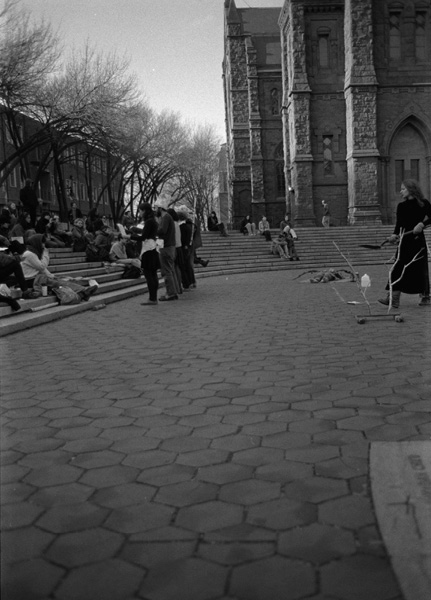
VOICE GRAFFITI
first performed on March 17, 2012
Cathedral Square, Providence, RI
performed twice in 2012
ROBERT SNYDERMAN & MATTHEW DANIEL
Christopher Sweeney, Adrian Shirk, Dalvin Duran, Adam Graffunder, Jack deTar, Natalie Jablonski, Maya Sikand, Michael Giroux, Stephen Higa, Serena Putterman, Nathan Bergmann-Dean, Melanie Berkowitz, Yanara Friedland, Emma Scully, Natalie Jablonski, Mollie Hosmer-Dillard, Morgan Hunt
Denver, CO / Chicago, IL
139139673m139139673i139139673n139139673s139139673t139139673r139139673e139139673l139139673n139139673o139139673i139139673s139139673e139139673@139139673g139139673m139139673a139139673i139139673l139139673.139139673c139139673o139139673m139139673 139139673y139139673e139139673r139139673a139139673c139139673h139139673m139139673i139139673e139139673l139139673@139139673r139139673i139139673s139139673e139139673u139139673p139139673.139139673n139139673e139139673t
VOICE GRAFFITI
ROBERT SNYDERMAN & MATTHEW DANIEL
I met a woman in a laundromat in Providence who became the purpose and the first of the many voices of “Voice Graffiti.” I believe she was Haitian, though she did not remember where she was from. She told me I looked like a witch. We became friends by the end of our conversation and she gave me a book of hymns for women. Her faith that derived not in G-d, but in being separated from G-d, her belief in living outside, and her condemnation of a book of poetry I held (“That’s not poetry! Poetry is when ya singin!”) began the project of “Voice Graffiti,” which all in all concentrated the efforts of seven months and more than 22 volunteers.
Because of her I wrote “Voice Graffiti” on an abandoned parking lot over five months. I felt the parking lot could be holy, in that it could be seen as holy or made holy with attention. Attention is our only expression of faith. I spent many afternoons and cold evenings writing upon the cracked, ditch-ridden pavement of the empty lot and studying the graffiti written and painted upon it. “Voice Graffiti’s” first committed actor I befriended and offered a lead role to on that parking lot. This young man, Dalvin, had seen me staring at a wall, and walked to me from a bus stop, to stand and stare at the wall with me. Without saying anything for quite a while, I finally asked him what he thought the graffiti on the wall meant. We both agreed it meant broken infinity, a snake trying to eat itself, a harshly knocked over eight. We then walked together several miles, south, towards our homes, discussing the potential of the play happening, and why it would happen. I would then soon decide on the name “Voice Graffiti.” I was to take its name literally. I meant to give back the buried things and overheard things of peoples’ lives in Providence to themselves, influenced by the use of public space in the contemporaneous Occupy Wall Street movement, which Matthew Daniel had carefully witnessed in several cities and orally reported to my community in Providence.
Matthew and I conducted differently natured rehearsals multiple times a week for the next two and a half months, mostly outside, on parking lots, and while wandering the streets, to get used to the wind, and vast space, the earth. The text was not narrative, though concerned with storytelling. The text was poetic, meaning traditional yet urgently innovative and at times lost to itself. The directorial atmosphere was built from the ground up. Living together, Matthew and I worked on the play day and night over home-made tortillas and ganja. “Voice Graffiti” occurred on a large yet hidden square, surrounded by a cathedral and subsidized housing, in downtown Providence, before an estimated 100 witnesses.